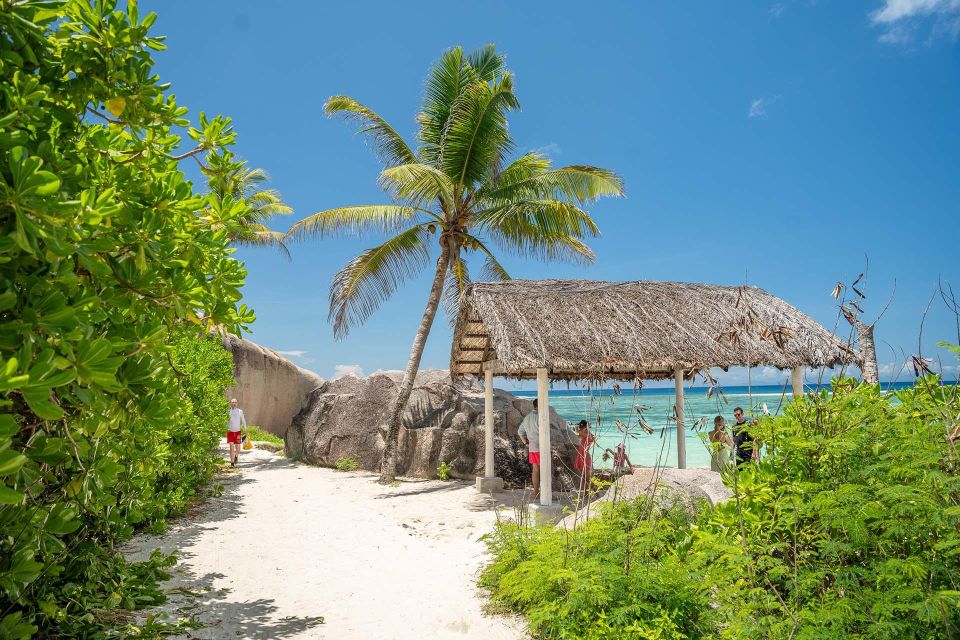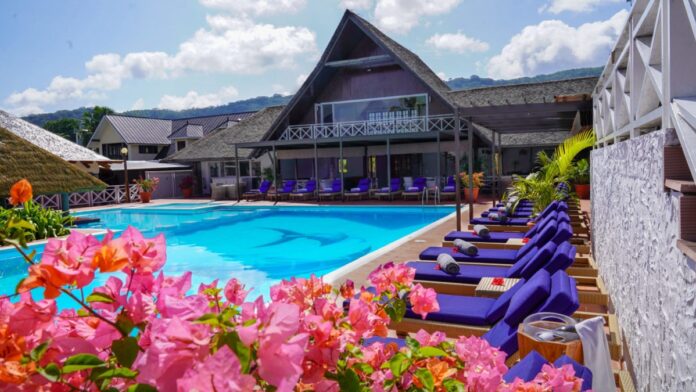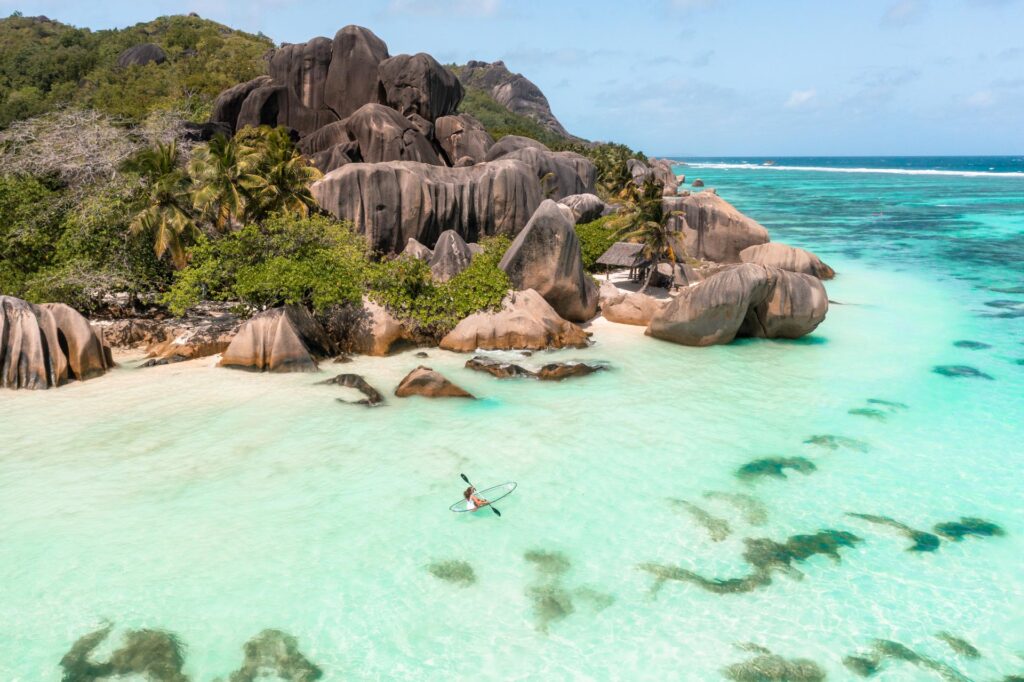La Digue, situated in Seychelles, stands as one of the most renowned islands in the region, ranking as the fourth largest by land area. Nestled in the Indian Ocean off the coast of East Africa, it lies to the east of Praslin and west of Felicite Island. The largest island in Seychelles is Mahe Island, followed by Praslin, Silhouette Island, and La Digue. Located approximately 32 kilometers from the main city of Mahe, La Digue boasts a population of 2800 residents.
As there is no airport on La Digue, the primary mode of travel is to fly to Victoria and then journey by ferry via Praslin. Ferry fares are approximately 14 euros for adults, half price for children aged 2-12, and infants travel free of charge. With a total area of 10.08 square kilometers, La Digue was discovered by Lazare Picault in 1744, but it was not until 1768 that a ship in the fleet of French explorer Marc Joseph Marion du Fresne visited Seychelles and bestowed the name La Digue upon the island.
The majority of La Digue’s population is Catholic, with the island’s feast day celebrated on August 15th as a national holiday. The official currency on La Digue is the Seychellois rupee, although euros and US dollars are also commonly used. The island’s highest point is Belle Vue (Eagle’s Nest Mountain), situated at the central part of the island and reaching an elevation of 300 meters above sea level.
Historically, the first Catholic chapel on La Digue was constructed by Father Theophile. During the French colonial period, coral lime was manufactured on the island, contributing to the decline of its coral reefs. Additionally, coconuts were used to produce copra, and vanilla was cultivated on plantations, traditions that persist to this day.
Bicycles serve as the primary mode of transportation on La Digue, with tourists typically renting bicycles near the pier upon arrival. Most cars and buses are owned by hotel companies, although some individuals have personally owned vehicles. Roadways on La Digue were originally designed for bicycles, and when two cars meet, they must navigate with two wheels in the sand. Another mode of transportation on the island is ox-carts.
Regarding cuisine, the people of La Digue have mastered the art of preparing diverse dishes from simple ingredients. Seafood is prominent in their cuisine, with recipes including fish curry, grilled fish, and bat curry, along with fried octopus and lobster with garlic. Ginger is a common ingredient in their meals, and palm wine stands out as a popular local beverage.
La Digue Weather
La Digue typically experiences pleasant weather conditions, with temperatures ranging from a maximum of 28°C to a minimum of 25°C. The island is influenced by two prevailing trade winds annually. The Northwest trade wind blows from November to March, while the Southeast wind prevails from May to September.
For visitors seeking the optimal time to explore La Digue, the period between April and May is often recommended. During this time, the weather is generally favorable, with comfortable temperatures and minimal rainfall, providing ideal conditions for outdoor activities and sightseeing.
La Digue Tourism
La Digue is renowned as a premier tourist destination, with tourism being the main industry driving its economy. Two beaches in particular, Anse Source d’Argent and Grand Anse, stand out as major attractions drawing visitors from around the world.
Throughout the previous century, La Digue experienced a significant increase in tourism, which greatly influenced the economy of Seychelles as a whole. Additionally, revenue was generated from the production of copra and vanilla.
Beyond its picturesque beaches, La Digue boasts captivating underwater ecosystems teeming with diverse marine life, including fish, sharks, and rays. Tourists flock to these underwater marvels, contributing to the country’s revenue.
Moreover, La Digue offers a range of activities and excursions for visitors to enjoy, such as diving centers, boat trips, diving excursions around the island, and hiking tours. These activities provide additional sources of income for the local economy, further solidifying La Digue’s status as a top tourist destination in Seychelles.



